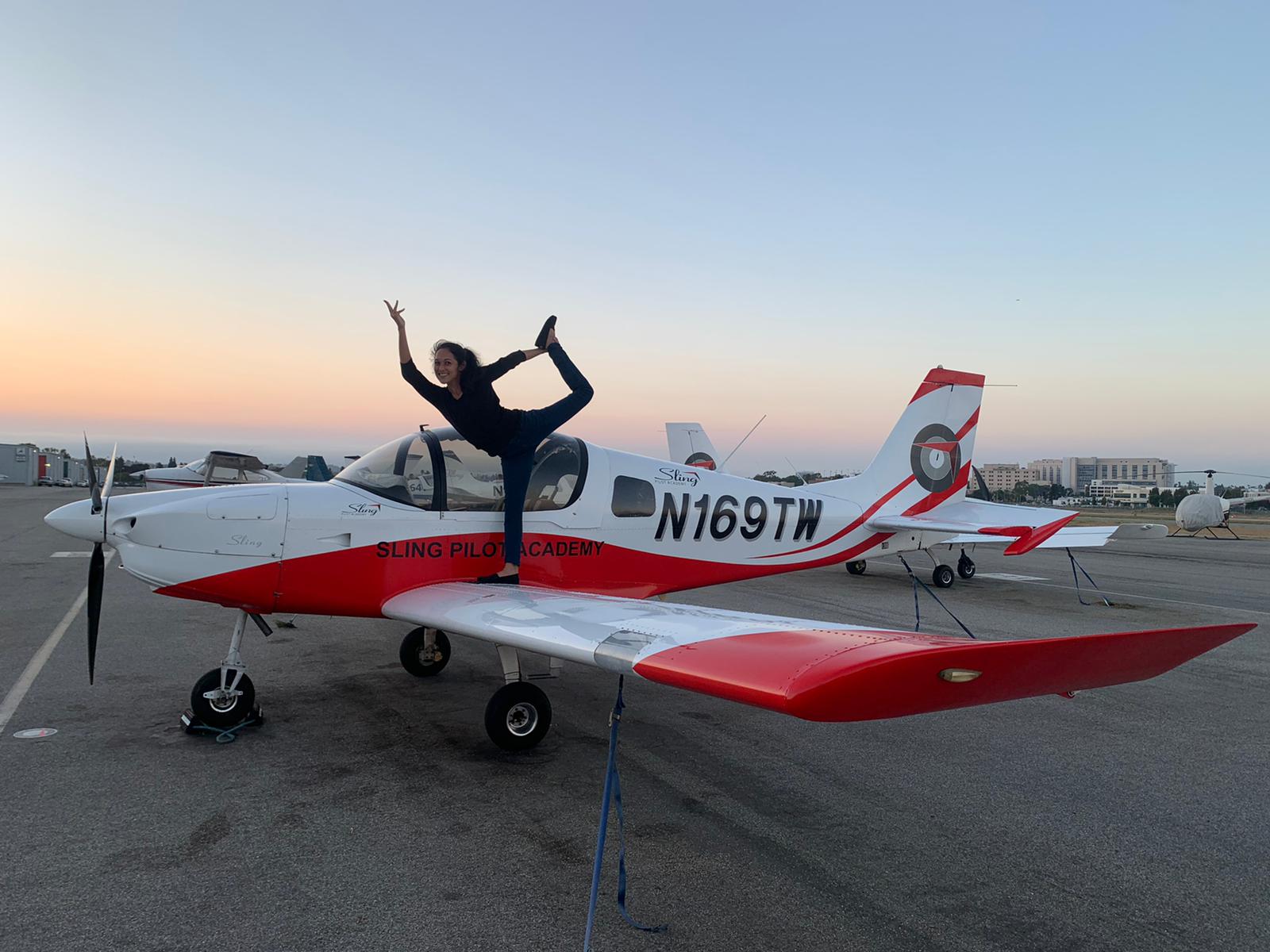Dan Thomas
Touchdown! Greaser!
- Joined
- Jun 16, 2008
- Messages
- 10,773
- Display Name
Display name:
Dan Thomas
That there. Pretty much guaranteed there are horror stories buried there.What bothers me about obvious broken stuff on airplanes is that this is only the stuff you *can see*. It should really make you wonder about what deferred mx you CAN'T see.
Not with me. We were doing a lot of training, and gave instrument training right from the start, in the PPL. You want all those gyros working right.Normal for older steam gauges.
The OP is flying several different C172Ms. Those airplanes have a latching plunger that engages the doorpost. There is no way that door should pop open in flight. On the ground, the plunger only engages the toothed roller, and wind rocking the airplane can pop it loose. The 150 locks like that, too. That 172M either needs considerable latch adjustments, or the doorpost is torn out some.Older well used airplanes have this problem. It usually takes a couple or three tries to get the door to latch correctly.
When I looked after our schools' fleet, everything worked unless there was a real good reason. In Canada, a defective turn coordinator in a flight-training airplane is a no-go item. The student is paying good bucks for that airplane, and it isn't fair that so much stuff is inop or just plain worn out. I bet the seat rails in the OP's airplanes are not only worn out, but have more than the allowable cracks, and the latching mechanism has weak or broken or missing springs, or worn-down latching pins. I've seen it all. Too many mechanics just don't take this stuff seriously.Not from where I sit. Our 172s rent for $145 an hour and primary instruction is $50. We do not see any of the issues you mention, and our airplanes get prompt attention when needed.
The stick has a cast aluminum cap with threads, that screws into the plastic dipstick/fill tube. It's most likely that the plastic threads in the OP's airplane are worn right out, probably since the same engine has been field-overhauled way too many times, with stuff like this used over and over until it's beyond shot. I never saw worn-out threads there, but we bought Lycoming factory overhauls. Lyc doesn't fool with reclaiming all this stuff. They grab new stuff. About all they reuse is the crank (if it's good), the case, con rods, maybe some gears. Everything gets NDT'd. One nice thing about buying from them is that you have the new engine on hand when the old one is ready to get pulled, and the airplane isn't down for weeks waiting for its engine to be overhauled.Do any Lycomings have a threaded dip stick? Not sure, but if not, maybe it's just the dipstick o-ring.
I installed LED landing and taxi lights. It made economic sense. A dead light scrubs a night flight, so you lose the revenue, tick off the student, and spend shop time replacing it. Incandescent landing lights are only good for maybe 25 hours (I've had them burn out at 4 hours) while the LEDs are good for thousands. They're working when you need them.
I'd be looking for a flight school whose owner has better ethics and higher standards.


